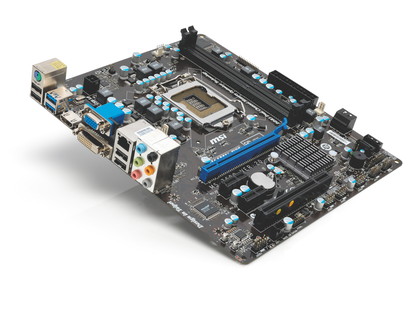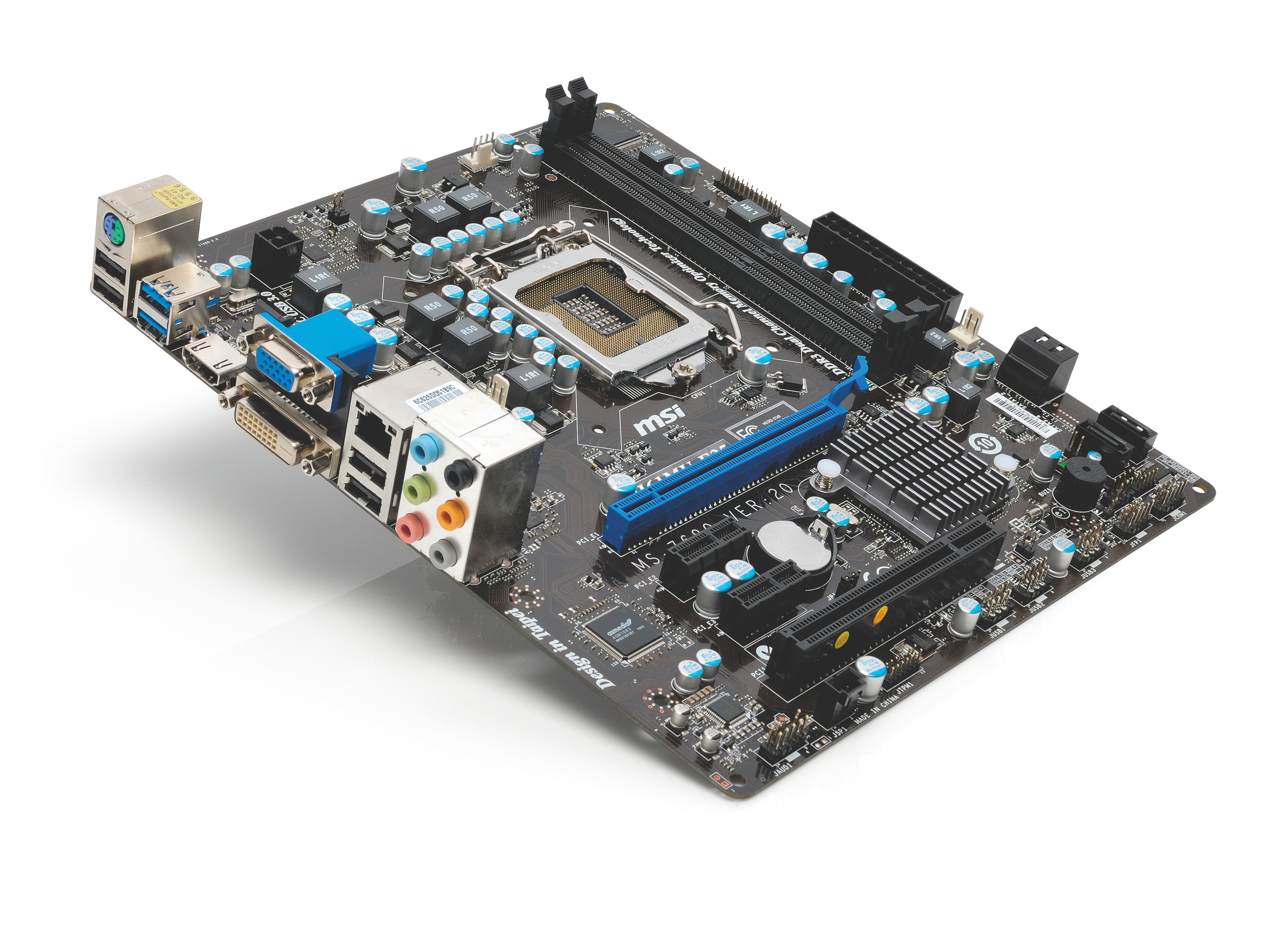Why you can trust TechRadar
Verdict

If you're used to seeing a Micro-ATX board loaded up with features then MSI's H61MU-E35 will come as something of a shock.
There is loads of free PCB space on the board, but even so the latches on the memory slots are positioned so they can't open fully should a longish graphics card be settled in the single x16 PCI-E slot.
That might be an unfair niggle, since the chances of anybody putting a powerful card into this kind of motherboard are going to be pretty remote.
The use of high-grade components in the power side of the board such as SFC chokes, Hi-C Cap and solid capacitors may at first glance be a bit of overkill on a board like this - they are usually found on boards aimed at overclockers and enthusiasts.
They're usually used because of their stability and heat tolerance, and it's this second feature that makes them a good idea on a board like this, which will probably end up in a HTPC or media PC.
Those types of PC are normally built into small cases where heat build up could cause serious problems over time for standard power components.
Four SATA 3Gbps ports (the H61 doesn't support any 6Gbps ports) are provided and spilt into two pairs; two stacked and edge mounted at ninety degrees on the board edge and two vertically mounted just below them. It's strange, though, considering there are solder points for another stacked pair.
MSI has also added a single PCI slot, which also isn't part of the H61's feature set, so has to be controlled by a third-party controller, as well as two x1 PCIe slots.
Also controlled by a third-party controller, because Intel seems more concerned with its own Thunderbolt tech, are the two USB 3.0 ports on the pack panel joining the four USB 2.0 ones.
Because the H61 can use the integrated graphics core of the Sandy Bridge processors, MSI has given the H61MU-E35 a good variety of outputs; DVI-D, standard VGA and HDMI ports all sit on the rear panel along with a PS/2 combo port, a LAN port and the six audio ports supporting the Realtek 8 channel audio controller.
We liked
It's good to see that MSI has thought a bit about where the board might end up, hence the higher quality power components. In this case, they're used to prevent the board falling over in a hot environment rather than providing stability while the CPU is being tortured through overclocking.
We also liked the inclusion of a couple of USB 3.0 ports and the choice of three video output options, which makes the board more flexible when it comes to where its used.
We disliked
There's not a lot to dislike about the H61MU-E35, it's a low-end, low-performance board with some added extras.
Final word
A surprisingly well-specified board for the lowest end of the market
